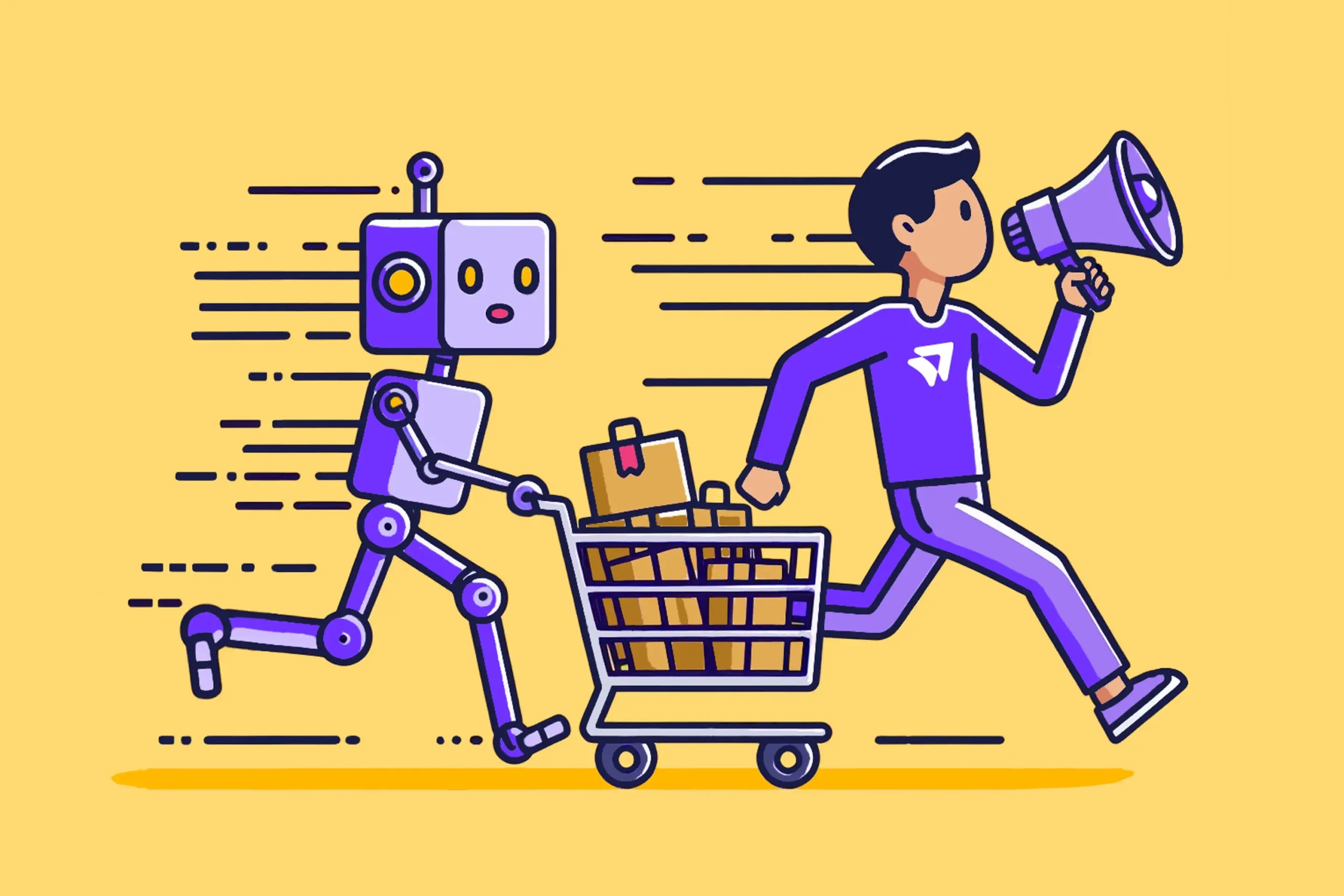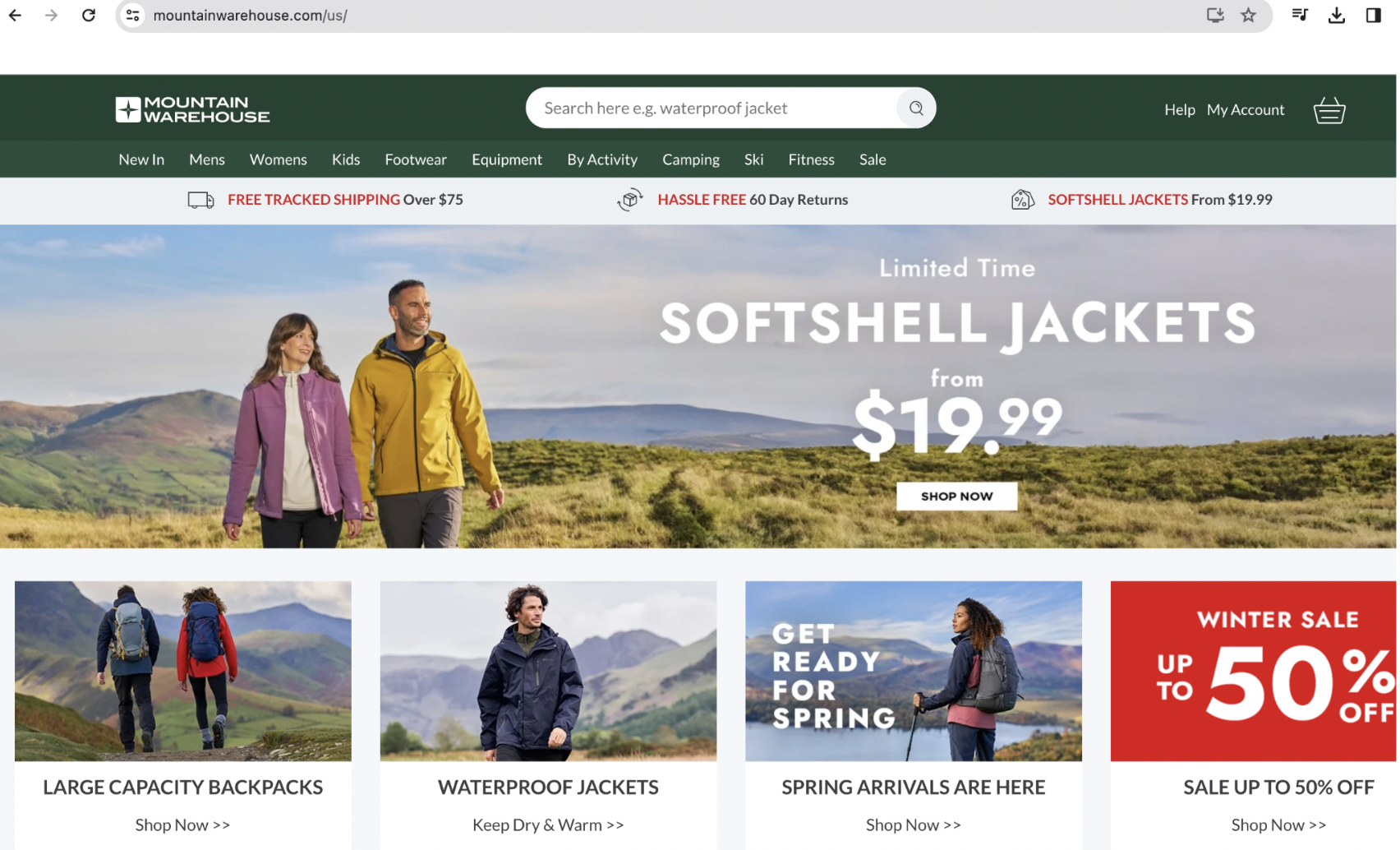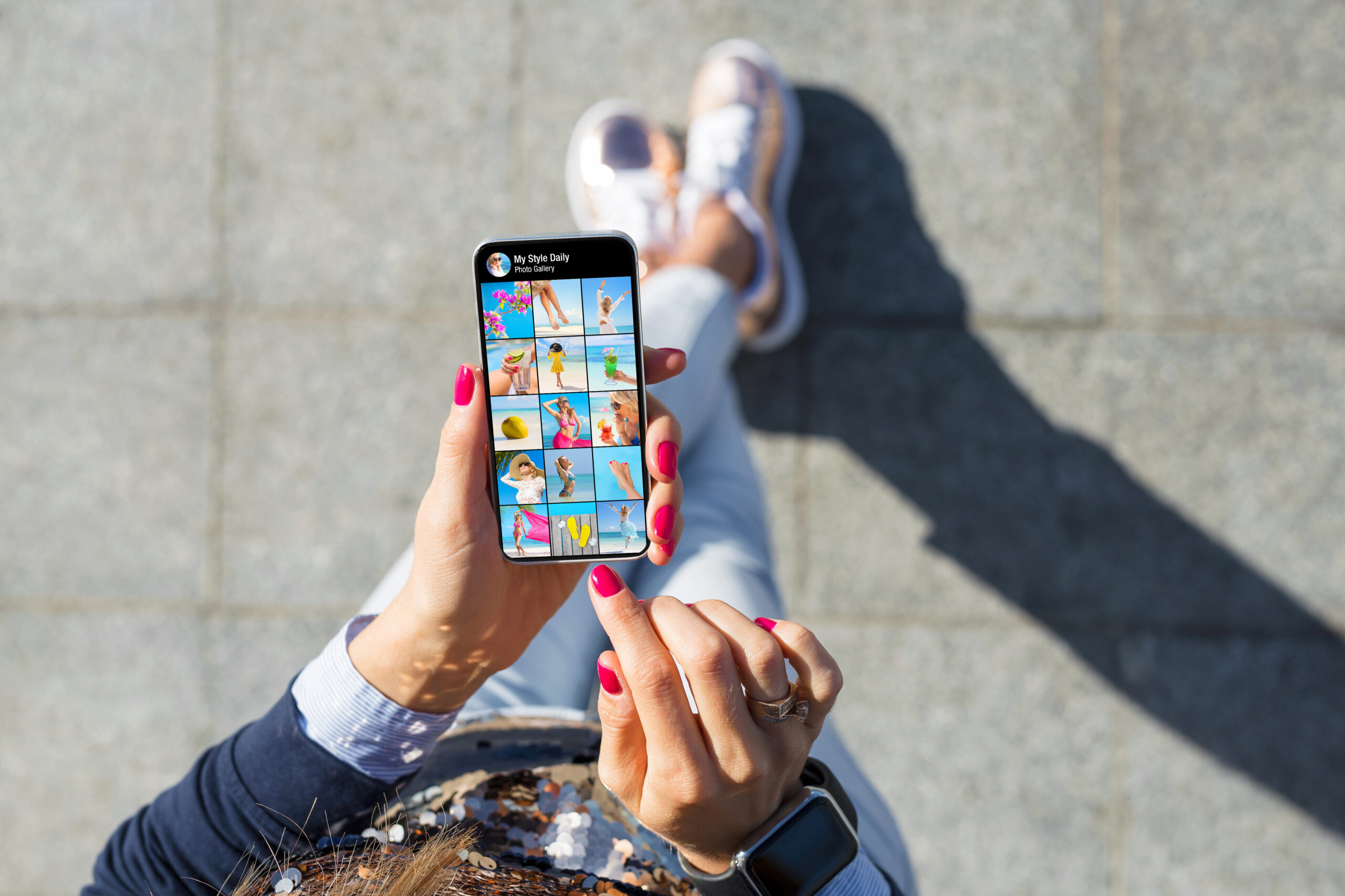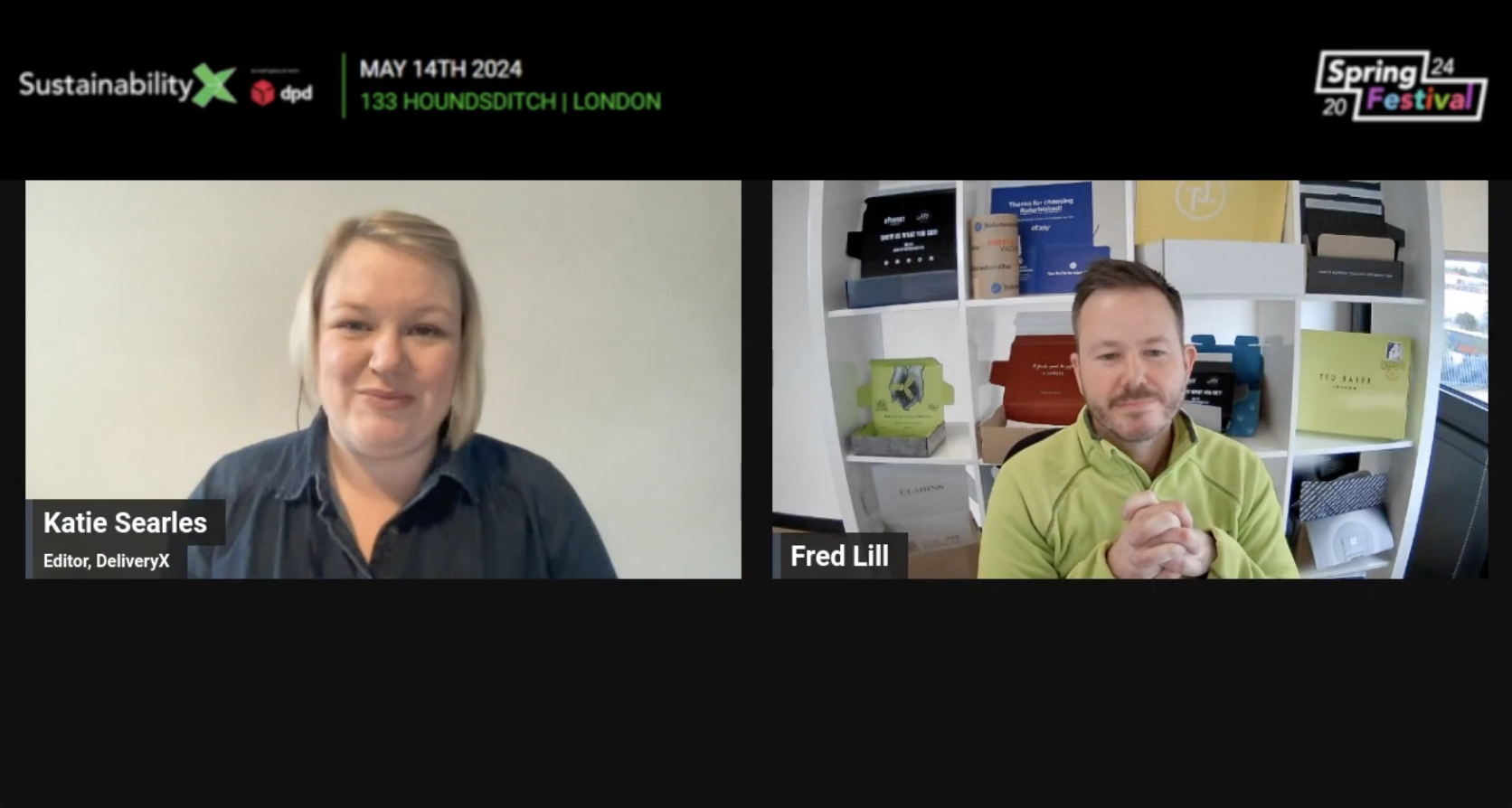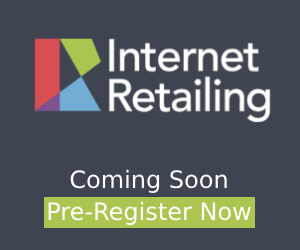 Uber has pioneered the ‘invisible payment’, but soon it will be everywhere – and that means delivery and fulfilment will be changed dramatically. Ralf Ohlhausen, Business Development Director at PPRO Group explains
Uber has pioneered the ‘invisible payment’, but soon it will be everywhere – and that means delivery and fulfilment will be changed dramatically. Ralf Ohlhausen, Business Development Director at PPRO Group explains
“This is not good”, I thought. It was roughly half an hour after the restaurant ordered our taxi. The wind had just begun to whip sleet into my face. It was almost midnight. We were on the very edge of town, in an area with — as far as I could see — no buses. We called the taxi company — it had no record of our having ordered a cab. The soonest it could get a car to us was 45 minutes.
I was in a strange city in a foreign country, so I’d deferred to my friends’ choice of restaurant and cab company. But now I got my phone out and checked Uber. Despite having no local cash and no local knowledge — I had a car driving us home within 10 minutes. “That’s amazing”, said my friend’s wife, who’d never used the service before. “Why didn’t he ask for any money?” She’s right — it is amazing. But it’s just the beginning.
Mercedes buys into the future
On January 16 this year, Mercedes bought the mobile-payment start-up PayCash. Initially, it plans to use its acquisition to develop a secure, invisible and instant-payment method for its car-sharing service Cars2Go and its taxi-app mytaxi.
Invisible payments? An app — on your smartphone or some other device — that monitors how and when you consume a good or service, and then bills you at an agreed rate — no credit card PIN, issuer number, or three stage checkout. You don’t even have to tap. You just use the service and get a receipt in your inbox.
It’s easy to see why auto-industry companies like Mercedes are some of the first investors in invisible payments. If you want to build a distributed, flexible and on-demand transport service, you need customers to be able to pay without carrying cash and without having to visit a centralised point-of-sale. Other car companies are already getting in on the act. Avis, for instance, has its Uber-clone Avis Now and Bentley has a fuel-on-demand service.
Where Adobe and Microsoft led, everyone else will follow
In 2013, software giants Microsoft and Adobe changed their business models. No longer would users buy a version of their products and then, a few years later, buy a new version — or not, if they didn’t feel the case for an upgrade was compelling enough. Instead, customers subscribed to the software, paying a monthly fee. New updates arrived invisibly, over the Internet.
It was a good model. For a lower upfront cost, the customer always had the latest version of his or her software. The vendors, on the other hand, got a predictable revenue stream that netted them more, over the lifetime of the product, than a single upfront purchase. The software companies were able to make this change in 2013, because broadband speeds were finally high enough to cope with the demand placed on the network by constant product updates running in the background.
At that time, other sectors could only look on in envy. But in 2017, that’s starting to change. In response to the boom in e-commerce, courier companies have been rapidly expanding their capabilities, allowing them to deliver more parcels, more reliably, faster and for less. According to Accenture, since 2010 Amazon alone has spent over US$13 billion on warehousing and logistics. And carriers such as DPD, DHL, FedEx and UPS were also investing millions expanding capacity.
As a result of this investment in courier capacity — particularly in the “final-mile” services so crucial to customer experience — it’s now both feasible and economic to ship even low-value, fast-moving consumer goods in the post. All of a sudden, lots of new markets are opening up to e-commerce providers.
And that’s nothing, compared to the e-growth potential that will be unlocked by the Internet of Things. When not only your car, but also your fridge, your vacuum cleaner and your coffee machine are intelligent enough to track usage, order and pay themselves when supplies are running low. The opportunities for e-commerce are huge. Suppliers of everything from milk to motor oil will be able to move consumers to a software-like subscription model.
But all of this only works if payment is instant, effortless, and seamless. No one wakes up in the morning thinking, “Wow, I’m really looking forward to making some Internet payments today”. No one wants to have to give their fridge their credit-card number and security code every time they need a pint of milk.
Invisible payments are the missing piece of the puzzle. The companies that crack it first will be able to offer their customers an experience and a level of convenience, that their competitors just won’t be able to match. And consumers love convenience, almost as much as they hate being left standing in the rain without a taxi.
To get an idea of what’s at stake, consider that Amazon’s 1-click checkout has increased revenue by billions — and that’s one-click, for one retailer, in one channel. Imagine thousands of retailers, with no-click commerce, over hundreds of devices.
Consumers will start worrying soon how to control the spent, not just of their family, but of all the devices belonging to their household. If you are a retailer, start thinking now how you can address such concerns and comfort your customers in automating their payments to you. If you are a payments company, start thinking now how you can make yourself invisible.


